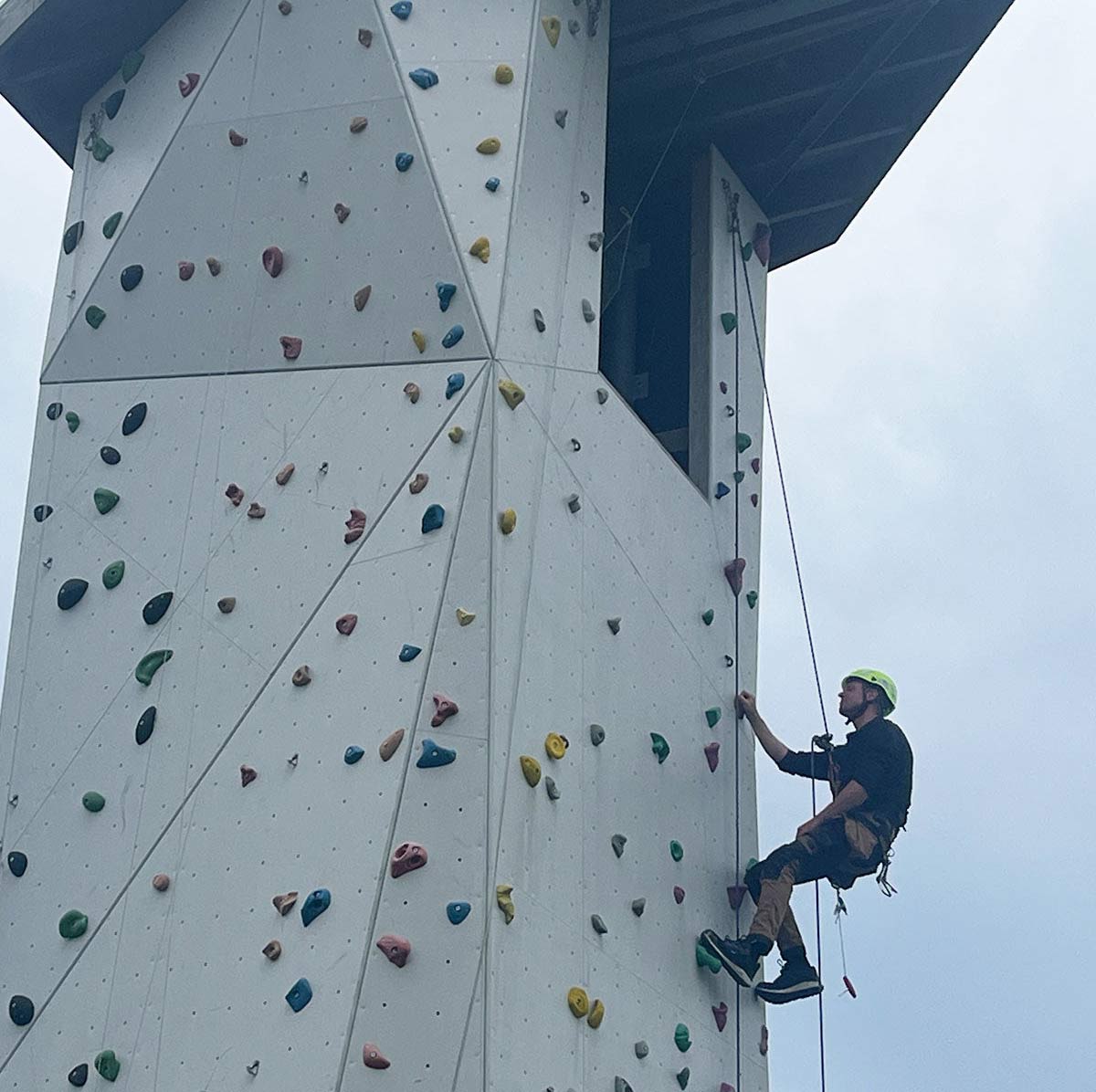TENDER
THE KEY COMPONENTS
Here are the key components that are usually involved in this phase of a climbing wall project:
1. Introduction and Background
2. Project Specifications
3. Site Information
4. Technical Requirements
5. Quality Standards and Compliance
6. Contractual Information
7. Project Timeline
8. Submission Requirements
9. Evaluation Criteria
10. Terms of Engagement
11. Contact Information

Sales & Project manager
Nicolai
From outline proposal to an operational facility
7 STEPS TO GET CLIMBING
When you approach Gubbies with your ideas, you get broad-spectrum competence support - we look at your ideas, needs and possibilities as both an architect, climbing expert and project facilitator with many years of experience with all phases from idea to realization.
GET PROFESSIONAL SUPPORT TODAY
